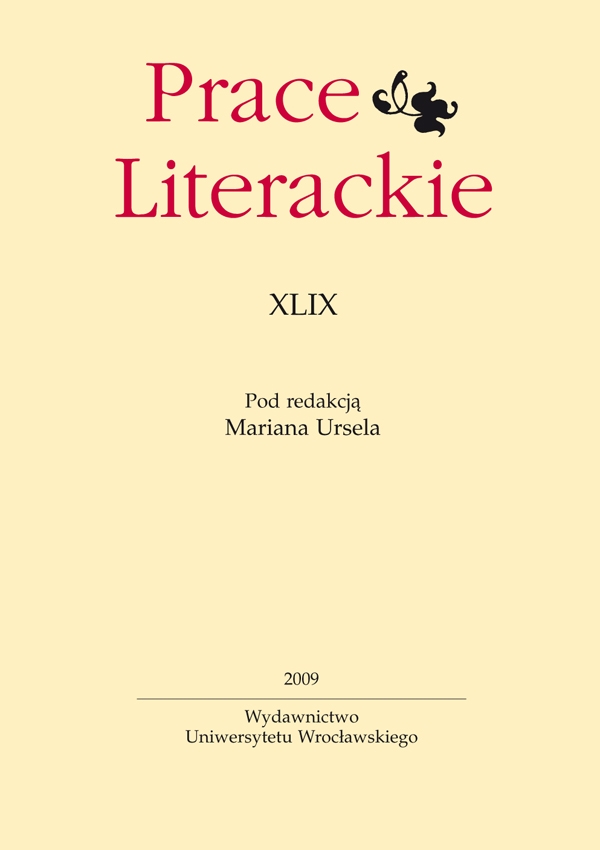

Artykuły

Słowacki in the eyes of Sienkiewicz
Henryk Sienkiewicz was fascinated by the work of Juliusz Słowacki throughout his life. He first encountered the poet’s works at school; he would then read them constantly, learn many fragments by heart and often refer to them in his essays and critical writings as well as private letters, especially those he wrote to his sister-in-law, Jadwiga Janczewska. His favourite and most frequent source of Słowacki quotes was Beniowski; he used, first of all, its digressions, striking metaphors, aphorisms and bon mots. These were often self-centred thematically; they referred to the poet’s creative process and were often used by Sienkiewicz to refer to his own situation as a writer. Using the famous octave from Beniowski “all I want is for the pliant tongue...” as a model, he stylised his youthful poem: “I know not how I am to wield the poetic inspiration...”; he created protagonists “not according to a tailor’s but to Phidias’ measure”; not wanting to turn round and round in a “positivist sunflower” like Słowacki in an “émigré sunflower”, he tried to call jokingly – following the poet’s example: “to critics, like to dogs, I throw a few bones”. Sienkiewicz would also often quote from Balladyna, Grób Agamemnona [Agamemnon’s Tomb], W Szwajcarii [In Switzerland] and Do autora Trzech psalmów [To the Author of the Three Psalms]. During the anniversary celebrations 1899 – the 50th anniversary of the poet’s death, 1909 – the 100th anniversary of his birth, Sienkiewicz delivered a speech at the unveiling of the Słowacki monument in Miłosław, published the Słowacki-Helios article as well as a few other articles in connection with celebrations in Galicia. While praising the poet’s greatness, he complained about the mania of writing epigonic poems modelled on Słowacki’s works.